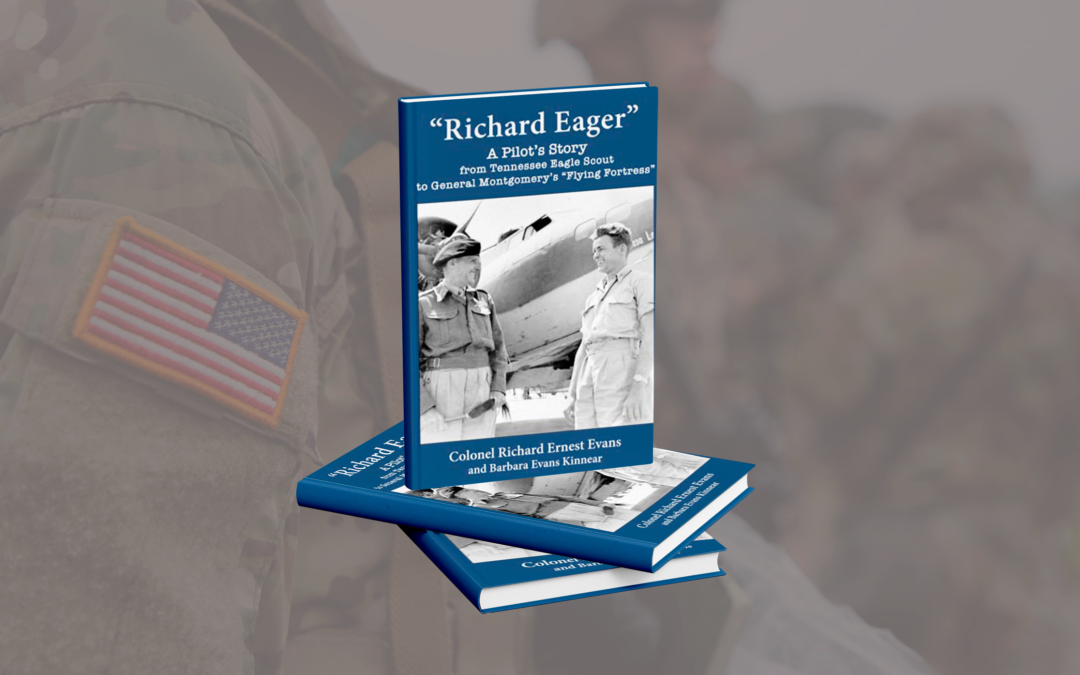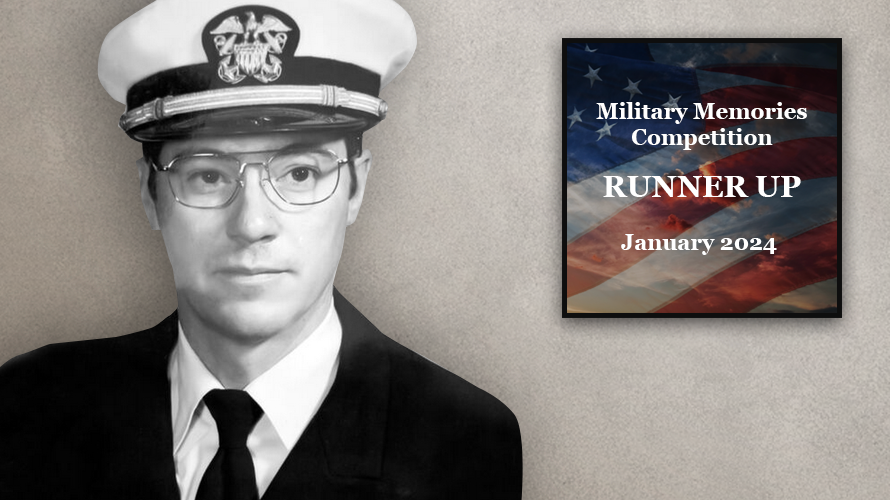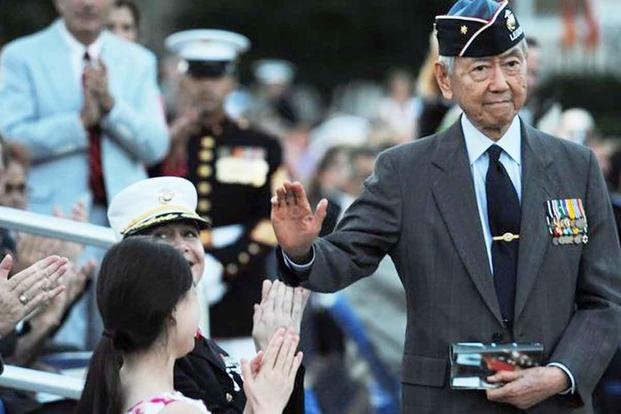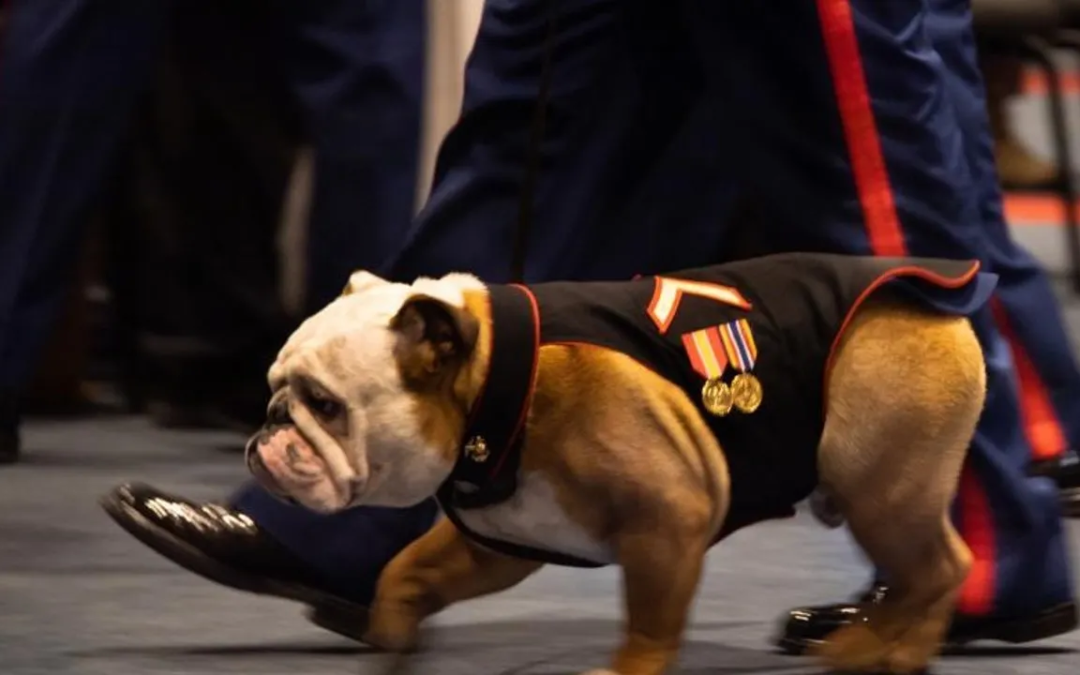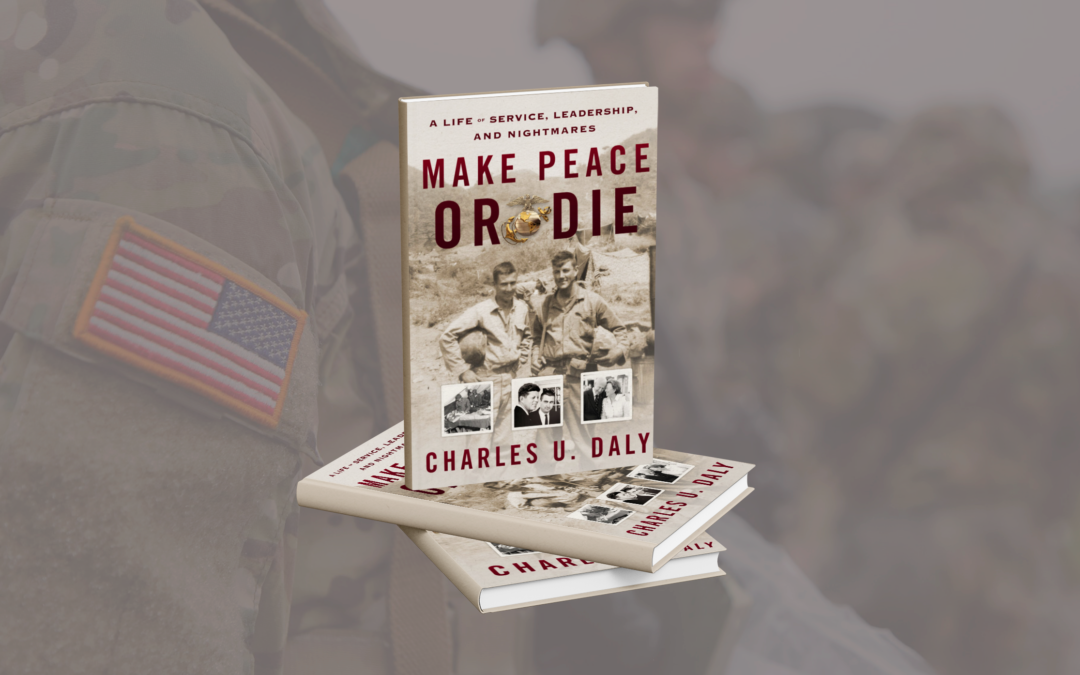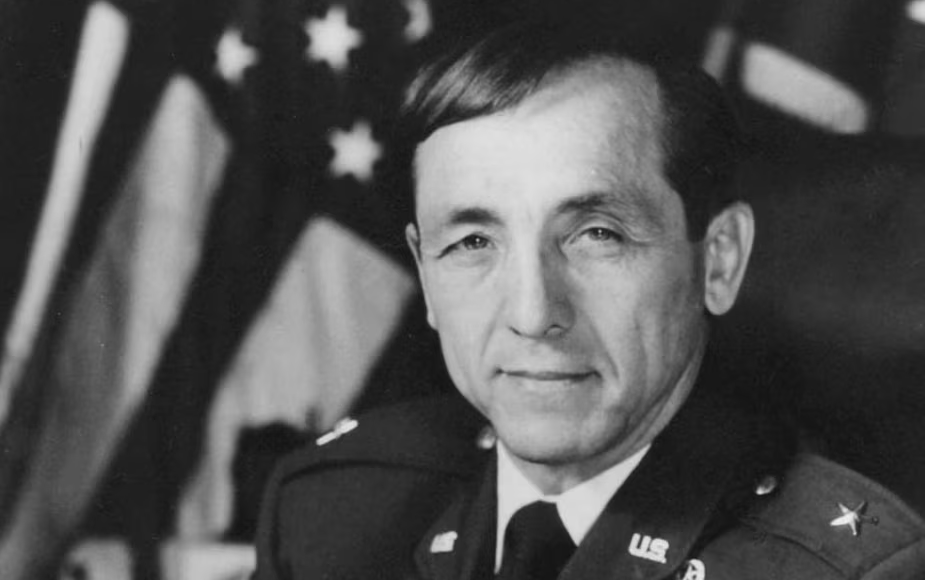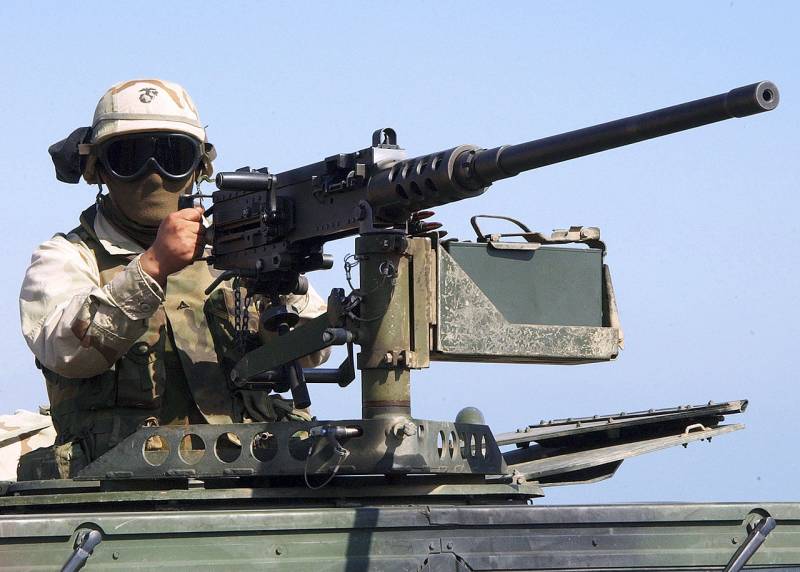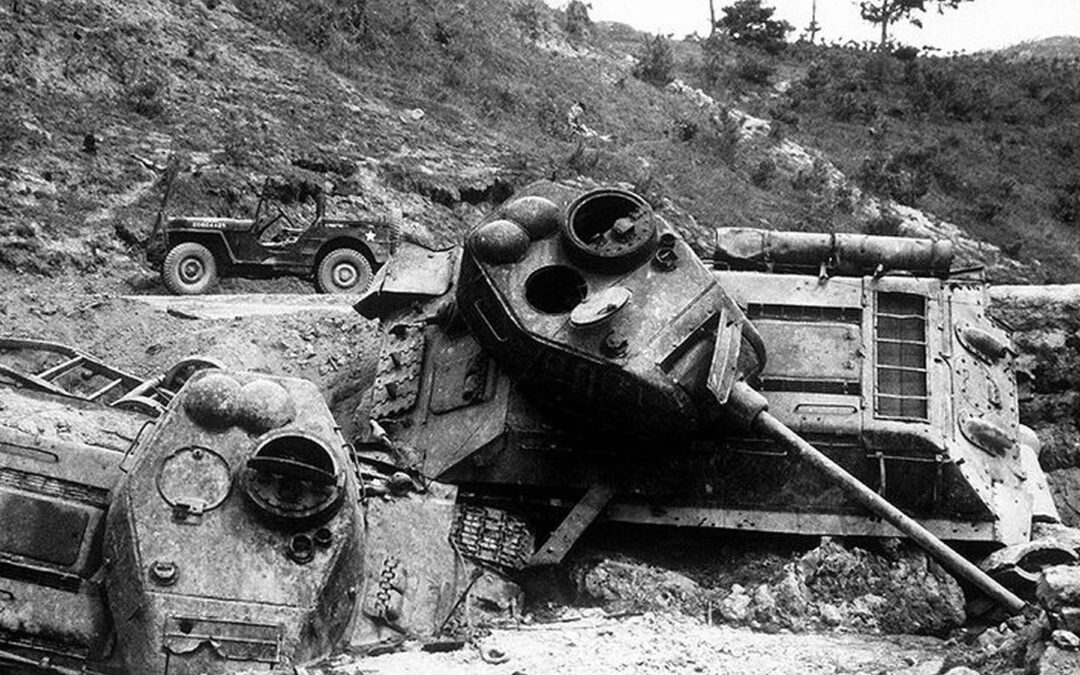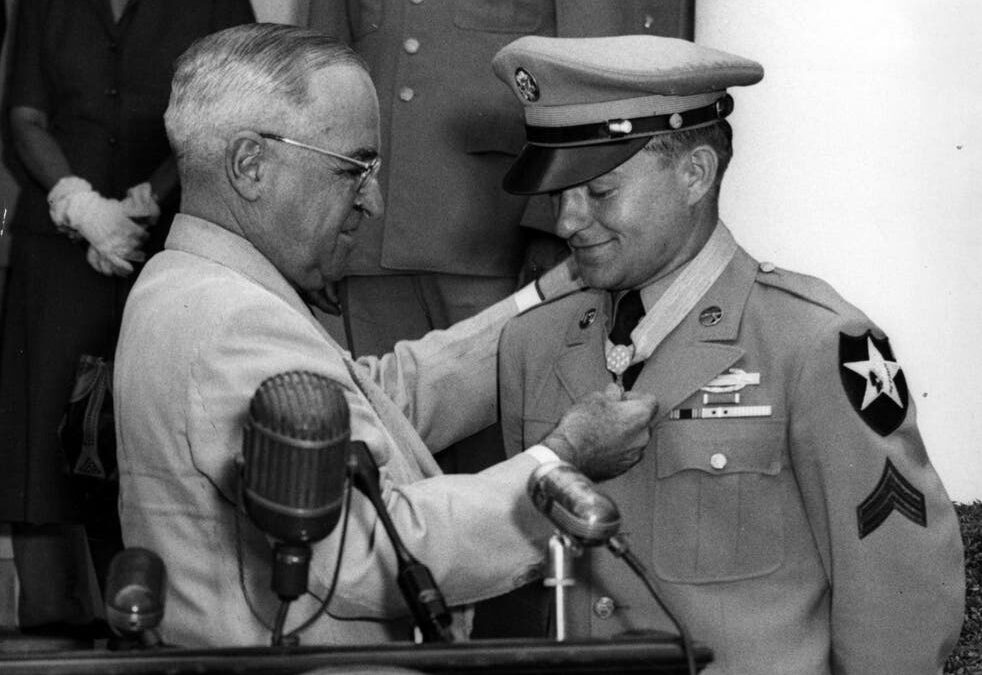Some say the decades between 1930 and 1970 were the golden age of aviation. For many pilots, this was certainly the case. Aviation technology took a great leap forward during and after World War II. Pilots began testing the limits of their craft, from altitude to the sound barrier. Most importantly, the years saw the creation of the U.S. Air Force as an independent military branch. About the Author of A Pilot's Story from Tennessee Eagle Scouts Starting from a must-win air war like World...
